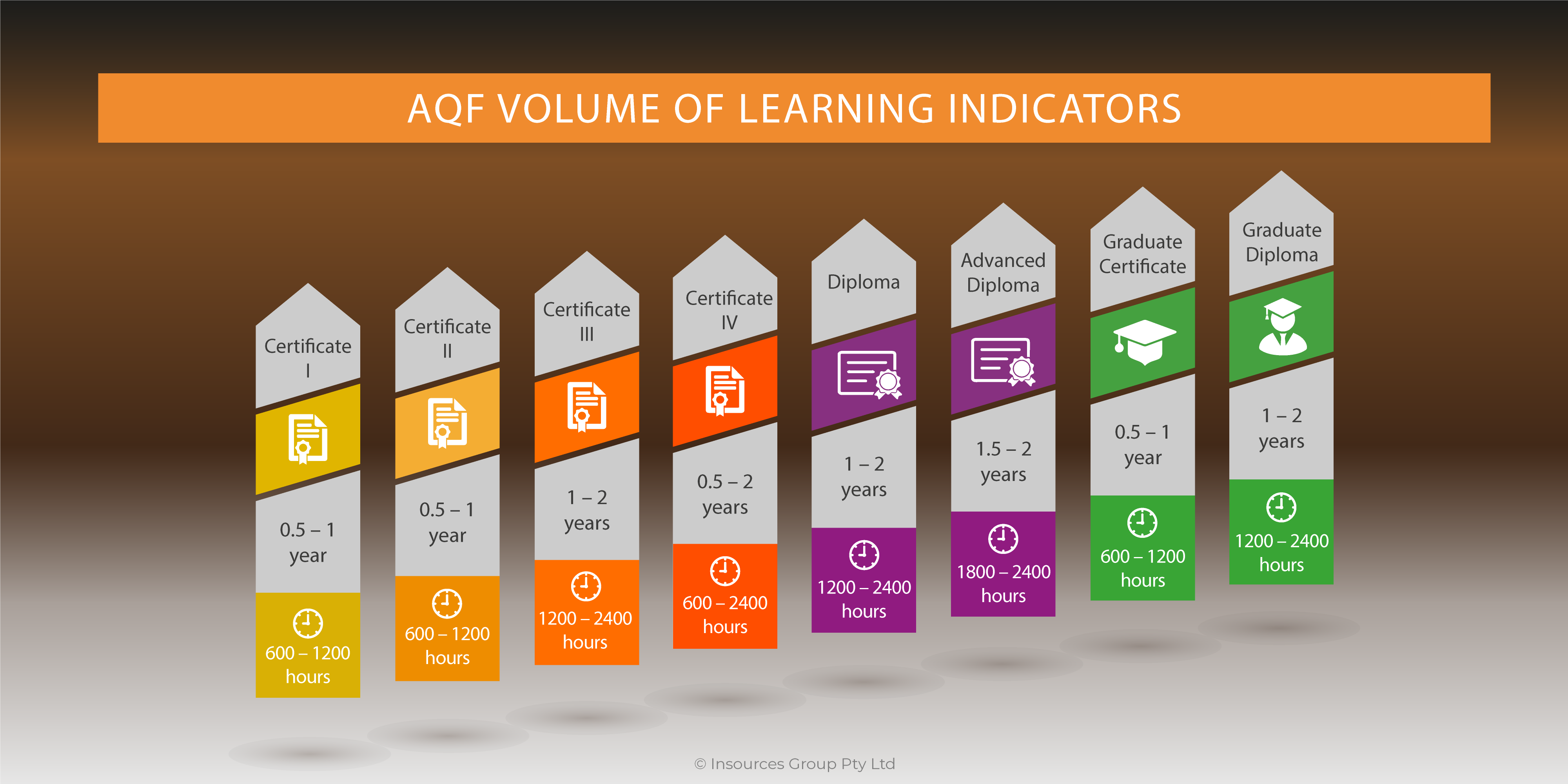The gamification of learning has great potential to improve students knowledge and motivation. A well-implemented gamification solution provides information to students distributed over time in a fun and engaging manner. However, even with all the promise of gamification, mistakes can be made. When mistakes occur, learning suffers and your organisation might not achieve the benefits promised by gamification.
Here are seven mistakes that have been made in gamification implementations. Learn what to do—and what not to do—when you implement your own gamified learning solution.
#1: Adding gamification because it’s “cool”
Yes, gamification is cool, but so are paid leave, skipping work, sleeping in, and snow days. Yet, none of these elements contribute to learning, employee productivity, corporate profitability, or helping customers. Just because something is fun or entertaining doesn’t mean that is naturally the right thing to do, or that it leads to learning.
I have witnessed many attempts at gamification fail because team members were too caught up in the “coolness” of gamification elements—and not focused on the learning that needed to occur. The coolness sentiment is often an undertone more than a full-fledged justification for gamification. But even the hint that coolness is the reason for gamification can lead a gamification effort off target.
If you find discussions of coolness overtaking the discussion of learning objectives or outcomes, take a step back and re-examine the underlying reason why your organisation chose gamification as a strategy in the first place. If coolness wins as the reason for the strategy, you might find yourself at the bottom of the corporate leaderboard.
#2: Focusing too much on winning
Gamification of learning is about learning. It should not devolve into a mere contest with everyone trying to “win.” In my experience when the stakes are too high or the prizes are too valuable, students focus on winning rather than learning. The language, discussion, and framing of the gamified experience must focus on learning and gaining knowledge. Winning must be secondary.
When creating, implementing, or evaluating a gamification platform, the first question you need to ask is, “Will this contribute to learning?” If the answer is “I don’t know” or “I am not certain,” then resist the temptation to implement until you have a clear learning objective. Or, it would be even better to have a clear performance objective.
What do you expect the students to be able to do once the gamification experience is over? You need to know and understand both the learning goals and performance goals you are trying to influence. It is nice to have a “winner” of a gamified event, but if that person is not performing better as a result, you really don’t have a winner—you have a loser.
#3: Not understanding proper use of points and badges
Some of the most maligned and mis-used elements of gamification are the use of points and badges. Too often, the “winning” of points or obtainment of badges is not related to real effort or knowledge gain. For a gamification effort to be effective from a learning and motivational perspective, achievements must be earned and not given. Use achievements that reward the learner for a certain level of performance, not just for participation.
If the learner “squeaks by” on an activity or a task, give them one point. If they do an average job, give them five points. A spectacular job, should earn them 10 points. In this case, the number of points indicates to the learner the level of correctness and achievement. The points themselves are informational; they provide feedback to the learner. This is the proper way to award points, based on performance.
Badges need to be awarded in a similar matter. Often a badge is awarded for non-linear progress through content. Attempting to earn a badge allows a learner to focus on one particular segment of knowledge. This focus can be helpful to the organisation and the individual provided the earning of the badge is meaningful and represents actual learning. If “anyone” can earn a badge for a particular activity, the badge loses meaning. Make the earning of a badge contingent on learning a specific task or information. Test the learner on that information prior to awarding the badge.
#4: Treating gamification as a “one-off”
A gamified learning event should not be isolated from the rest of the learner’s curriculum. The best examples of gamified learning are when they are an integral part of a larger learning process.
For example, gamification is an effective method of motivating learners to do pre-work prior to attending a face-to-face workshop. It also can be used as an effective method of “pulling through” content and knowledge after a series of webinars. Or, it can be used to remind learners daily of content covered in the annual safety or compliance course.
The key to effective gamification is to integrate it with other learning strategies. No single instructional strategy is good for all learning and, in fact, a combination of delivery methods and strategies spread out over time is one of the best methods of influencing learners. Use gamification as part of a larger, integrated curriculum.
#5: Failing to allow time to “participate”
While gamification can be done via a mobile device and just take “minutes a day,” those minutes need to be allocated to the learners. You can’t expect that because gamification is fun, learners will naturally give up their free time to play and, more importantly, learn.
Gamification is about learning. If you want learners to learn, they need time. We don’t yet have the ability to plug into a computer like the Matrix and learn. So, while scientists work on that, we need to provide learning time for learners. Give them a suggested schedule of when they can participate in the gamification experience and provide guidance on how much time it should take them each day.
When training on-the-job. If you don’t allocate time to learning, it sends a clear message to employees that learning is not valuable enough to be done on company time. This sets a bad tone and degrades the value of learning. Make sure that even with a gamified solution; time is given to the employees to undertake the learning process.
#6: Not doing your homework
Gamification is not new. It has been around for several years. There are many case studies, books, examples, and best practices you can reference to ensure your success. Take time to do your homework.
Learn how other organisations have been successful and study the mistakes they’ve made. Don’t condemn yourself to repeating mistakes of the past. Ask vendors for demonstrations, check out presentations at conferences, and talk to peers who have gamified their learning. The field is ripe with examples, so find them and learn from them.
#8: Thinking gamification is all about the technology
Gamification is about effective learning design; it is not about the technology. As with any learning intervention, if you lead with technology you are setting yourself up for failure. Do not be seduced by a technological solution.
You need to see if the underlying goals will be met, if the approach is based on solid science and if the learners will, indeed, benefit from a gamified approach. Carefully consider the design first. You will most likely need technology to implement the design of gamification but technology is only an enabler, it should not be the driver.
Reference: The Gamification of Learning and Instruction, Karl M. Kapp, ASTD Press 2012




